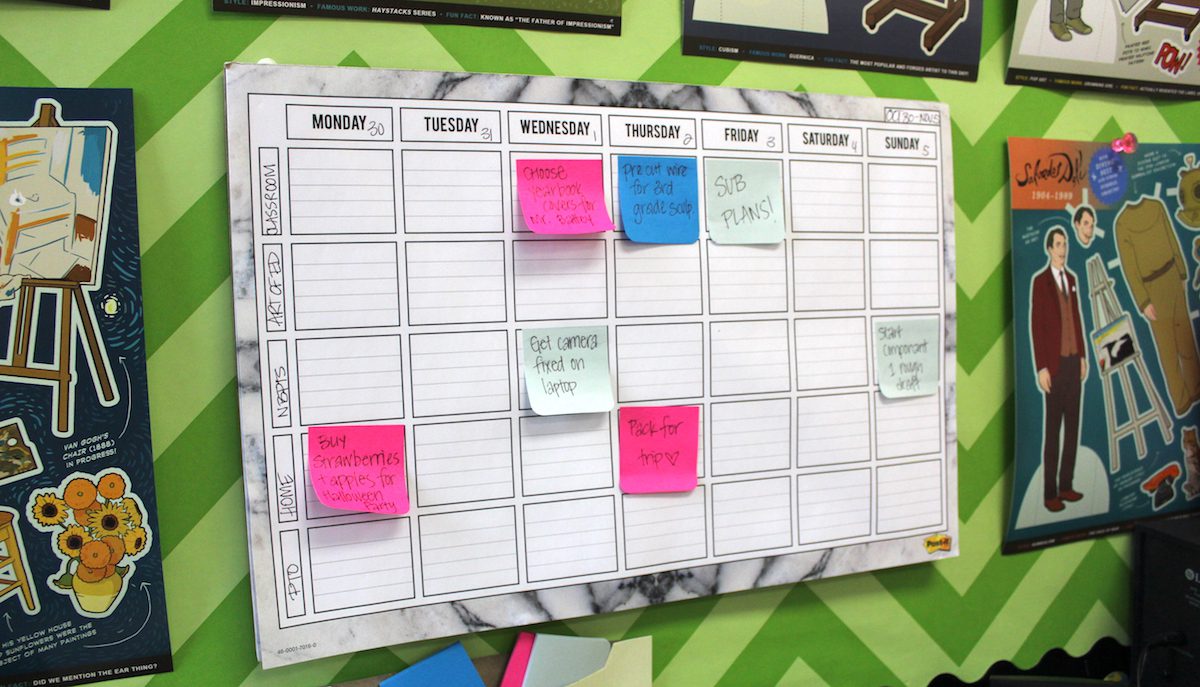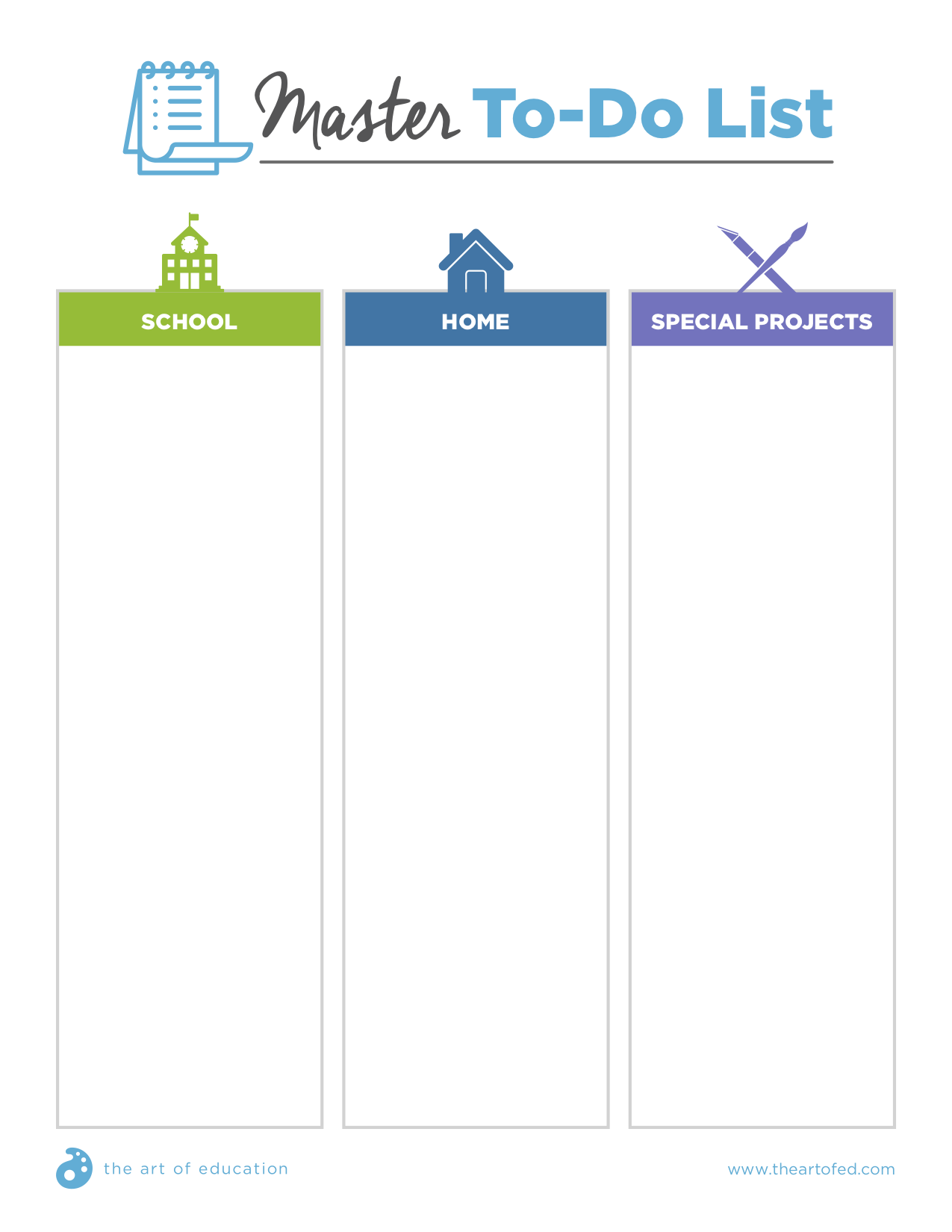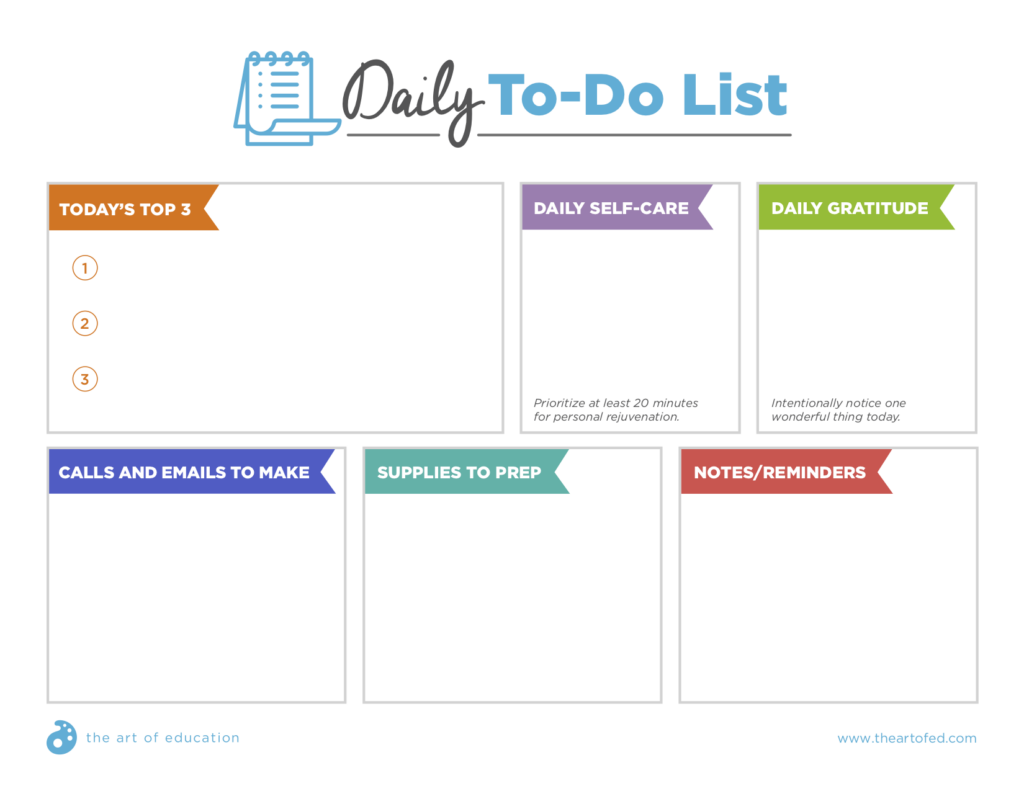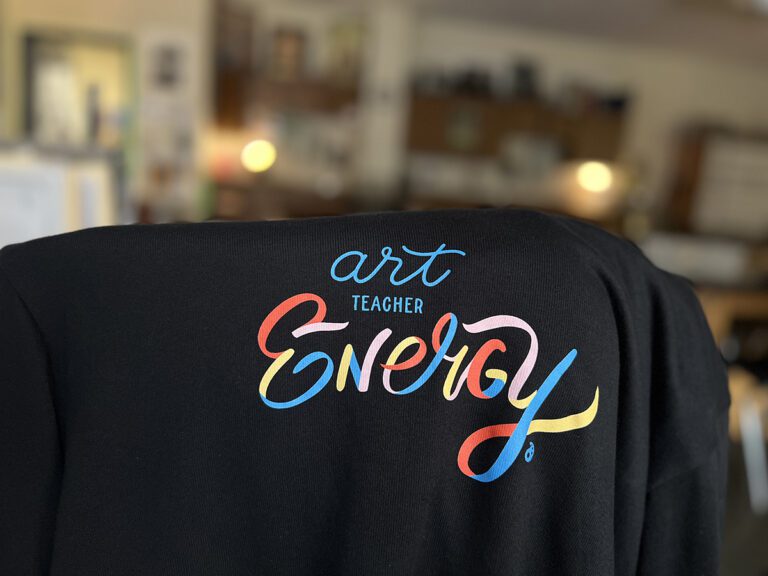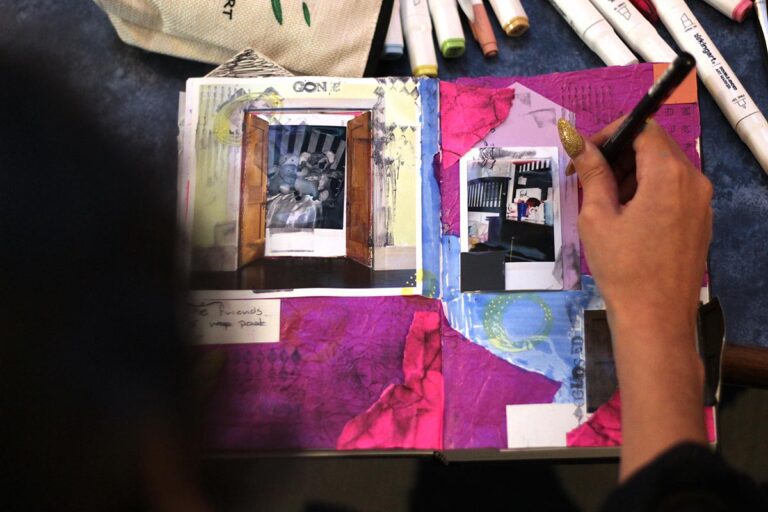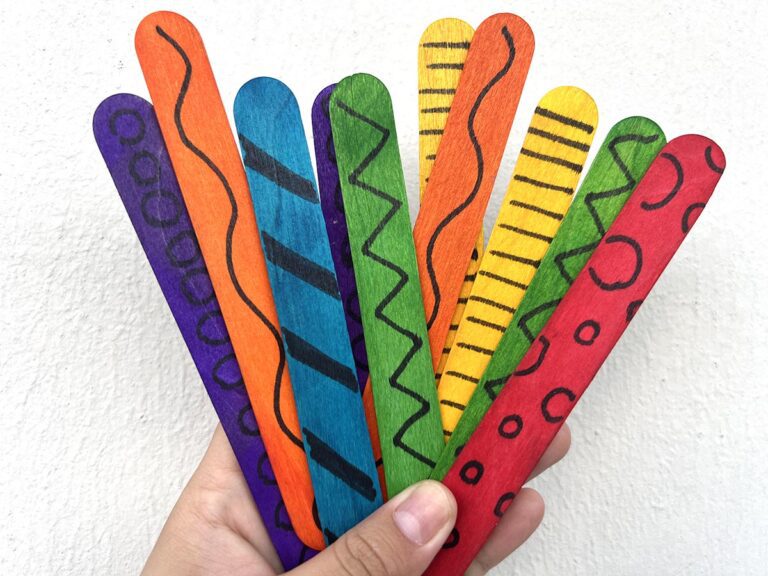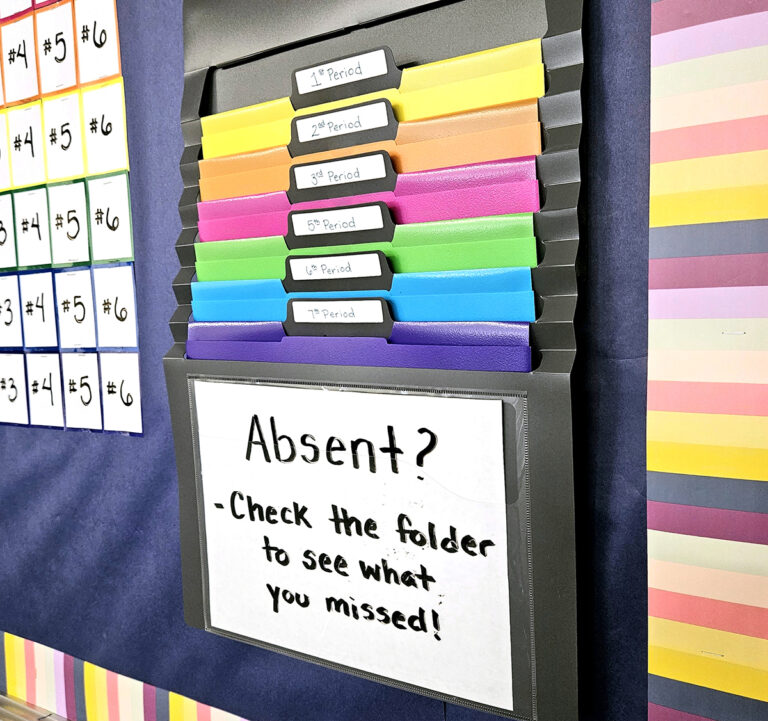Daily teaching life is full of tasks and chores that need to be completed. Sometimes, the sheer volume of what needs to be done can cause professional paralysis.
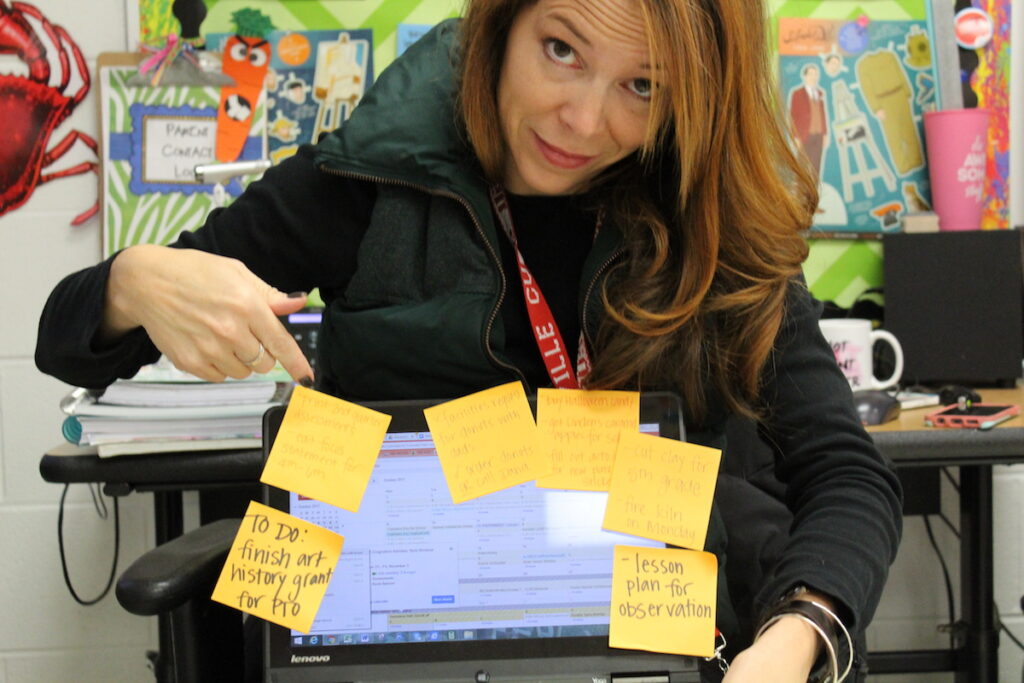
During hectic times, many art teachers turn to the tried and true method of making a to-do list. But what happens when you can’t seem to get that to-do list, well…done? Here are some simple strategies to help you make and tackle your art teacher to-do lists more effectively.
To start, make your list more purposefully.
Sometimes, even a small tweak to a system can have an enormous impact. That’s the idea behind following a three-part strategy. Try the tips below to see if they help you organize your thoughts and tasks more efficiently.
1. Create a single master list of school-related tasks by doing a “brain dump.”
There is mental weight associated with keeping all of your essential tasks at the forefront of your mind. Free up some mental space by “brain dumping” everything you are trying to remember onto one list. Perform this task systematically, to help trigger ideas you may have otherwise forgotten.
Mentally consider all of your professional commitments by thinking through your week in chronological order.
- Remember each event, meeting, or class for which you are responsible.
- Consider what you must accomplish or prepare for each of these roles.
- Record all the associated tasks on your master list.
Don’t worry about organizing your list. That will come later!
2. Merge your personal and professional lists into one.
A to-do list becomes more effective when it is used habitually. One way to make sure you’re keeping on top of tasks is by using a single list for both work and home. Rather than separating your school tasks from your family tasks, merge them into one list to ensure you will keep tabs on both areas daily.
Consider using the download below to keep all of your tasks in one place.
3. Prioritize to keep from getting overwhelmed.
Although creating a giant master list is a significant first step, once everything is written out, it will probably feel daunting. This is where prioritizing comes into place! By purposely reducing the list into manageable chunks, you’ll keep yourself from feeling overwhelmed.
Each day, choose two to five of the most pressing tasks to complete from your master list and write them down in a separate space. Often, tackling the most stressful items early in the week can create a sense of momentum, so consider choosing some of those first.
Each day, once your most crucial tasks are isolated, devote your time and energy to completing them.
Maximize The Power of Your To-Do List With These Additional Tips
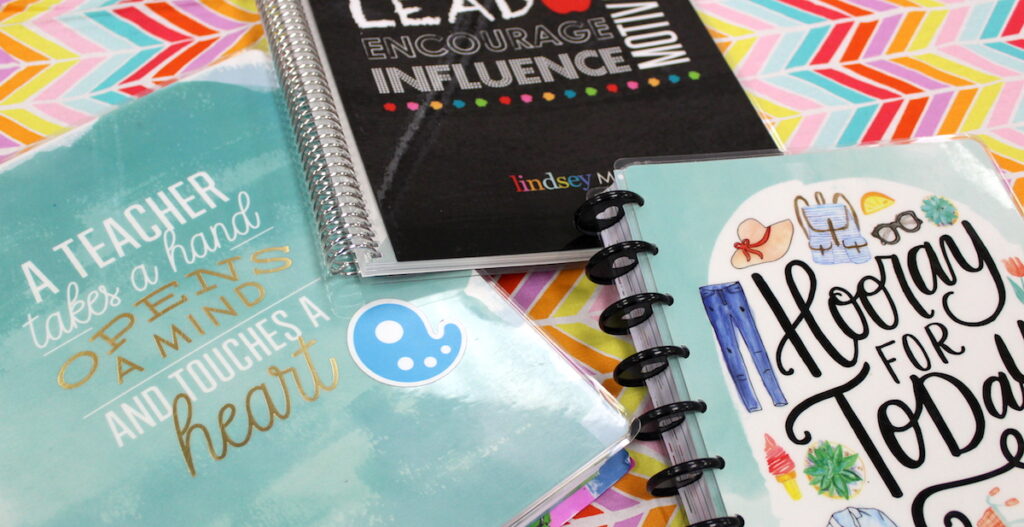
1. Find a system that works for you.
Remember, there are as many ways to organize your to-do list as there are ways to make a painting. Maybe the above method will work well for you, but maybe it won’t. The most important thing is to develop a system that works best for you.
Here are a few ideas worth exploring.
- Use an online management tool like Google Calendar or Google Keep.
- Download an app for your phone, so you can manage items from wherever you are.
- Buy a pre-made organizer like one from Erin Condren, The Happy Planner, or Teachers Pay Teachers.
- Use sticky-notes more efficiently with a Post-it Notes Weekly Planner.
- Search through Pinterest to find a printable that speaks to you.
Or, try the download below made specifically for art teachers!
2. Give yourself deadlines, even if you have to invent them yourself.
In his hysterical Ted Talk about procrastination, blogger Tim Urban claims, “When there are deadlines, the effects of procrastination get contained.”
Apply this wise principal to your life. Rather than have an open-ended to do list, give yourself finite deadlines. Or, you can try creating perceived deadlines by making your lists specific to specific days or weeks.
3. Add self-care to your list to prevent burn out.
Too often, our to-do lists become overrun with obligations. This is a natural phenomenon because we want to complete what is necessary for our jobs and our families. But, don’t allow your to-do list to prevent you from living a life of purpose and meaning. Prevent burnout by adding at least one item to your daily to-do list that brings you joy or a deeper sense of purpose. These tasks do not need to be monumental. Even a five-minute touchstone to reconnect you to who you are in the midst of your busy day can help.
Here are some ideas to consider adding to your list:
- Read a chapter of a book you enjoy.
- Exercise for 20 minutes.
- Draw in your sketchbook.
- Call a best friend or close family member.
- Engage in a short spiritual practice like meditation or prayer.
4. Practice reflective gratitude with your to-do list.
We are what we focus on, so don’t just focus on what’s undone! As people who lead creative lives, it is essential we focus our attention on what we are passionate about on a daily basis. So, purposefully make gratitude a habit, by scheduling it on your daily to-do list. This will cause you to notice and remember how lucky we are to have the greatest (and busiest!) job in the world, teaching art.
The next time you are feeling stressed by your to-do list, try some of the strategies above. Remember finding a system you connect with is the best first step you can take. Beyond that, try and schedule in some time for relaxation and reflection to help you stay grounded.
What do you do to optimize your personal and professional to-do lists?
What organizational tools do you recommend for art teachers who are developing a to-do list?
Magazine articles and podcasts are opinions of professional education contributors and do not necessarily represent the position of the Art of Education University (AOEU) or its academic offerings. Contributors use terms in the way they are most often talked about in the scope of their educational experiences.
